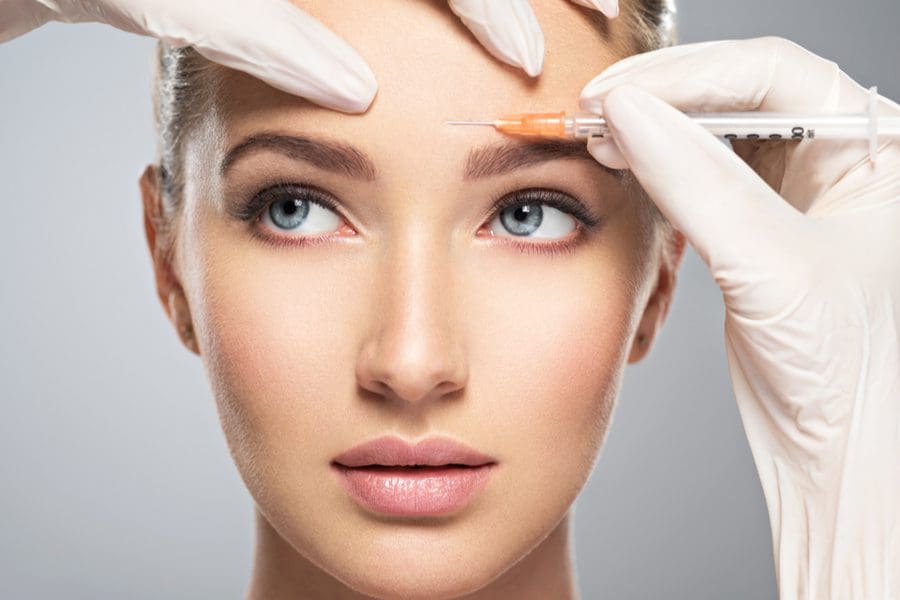Botox has made a name for itself as the way to battle wrinkles, lines, and overall skin aging. And although it has been approved by the FDA for cosmetic use since 2002, Botox is still a neurotoxin, made from the same bacteria-created toxin that gets into canned foods and causes botulism. For this and other reasons, some people remain wary of Botox. There are, however, other methods for reducing and preventing wrinkles. Here are a few of those alternatives.
Dermal Fillers
In some cases, dermal fillers such as Restylane, Juvéderm, and Radiesse may work as a substitute for Botox, though results may vary. The main difference is that products like Botox work by impacting muscles underneath the skin, while fillers work from the outside of the skin by filling in static wrinkles. Therefore, dermal fillers might be a good alternative to Botox if you are looking to treat constant wrinkles, whereas Botox is better for wrinkles caused by facial movement. Dermal fillers are a great option for wrinkles on the cheeks and chin.
Chemical Peels
Chemical peels are common non-invasive treatments performed by aestheticians and dermatologists alike. They combat signs of aging, wrinkles, discoloration, scarring, and more by using acids to remove the damaged top layers of skin, leaving behind the fresh, even skin layers underneath.
Microcurrent Treatments
Microcurrent facials use electrical currents to stimulate the muscles that control your face. They essentially “work out” the facial muscles to promote cellular repair (just like working out in the gym to build muscles). Microcurrents can help reverse the sagging of the skin and the muscles that control it. This method has proven particularly impactful on forehead wrinkles.
Creams and Serums
Many creams and serums claim to be “anti-aging,” but some work better than others. Look for products that contain retinoids (such as retinol, retinaldehyde, and retinyl palmitate), which can erase wrinkles, hyperpigmentation, minor scarring, and more. The process does take time and could flare up acne or skin dryness. Another superstar ingredient is vitamin C, which can stimulate the skin to produce more collagen to improve skin elasticity, increase blood flow, and minimize visible wrinkles. You want this in your skincare products to resolve problems like sagging skin.
Cryo Facials
Instead of freezing muscles with toxins, you can literally freeze them with extreme cold. In a cryotherapy facial, liquid nitrogen freezes the nerves next to the muscles that cause wrinkles, preventing them from receiving the electrical signals that create movement. This procedure is expensive and isn’t offered as commonly as Botox, but it can produce similar results.
As always, we recommend speaking with your dermatologist or healthcare provider about any skincare treatments, procedures, or routines to determine which options are right for you!
Have you tried any of the Botox alternatives above? Share your experiences with us in the comments below!






